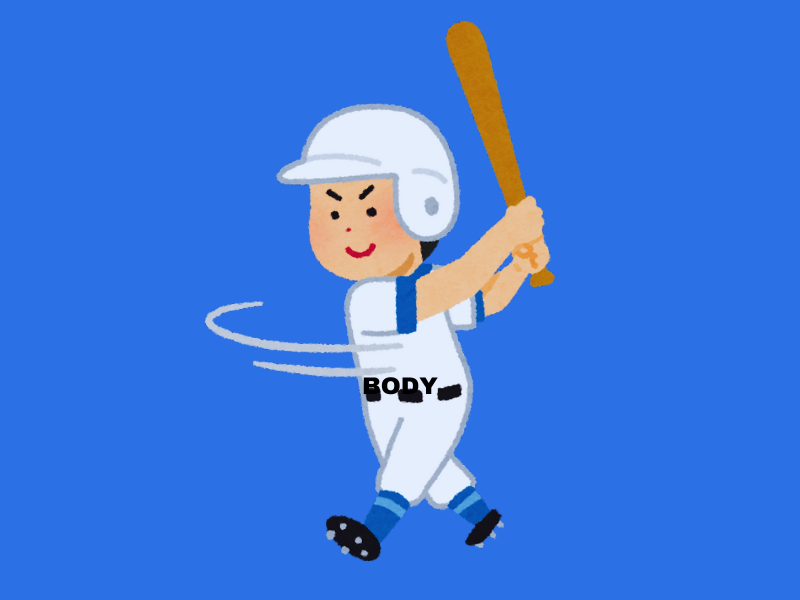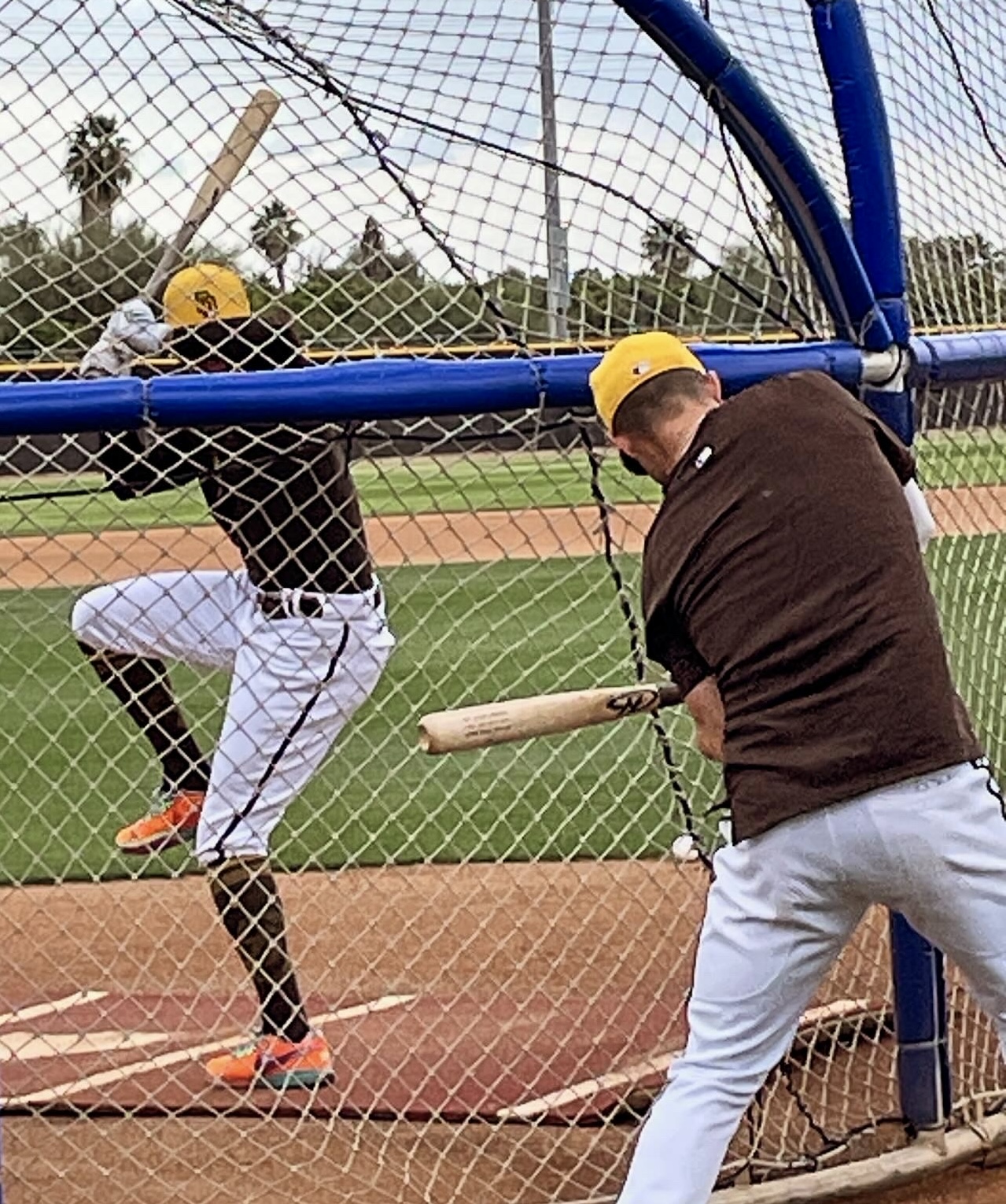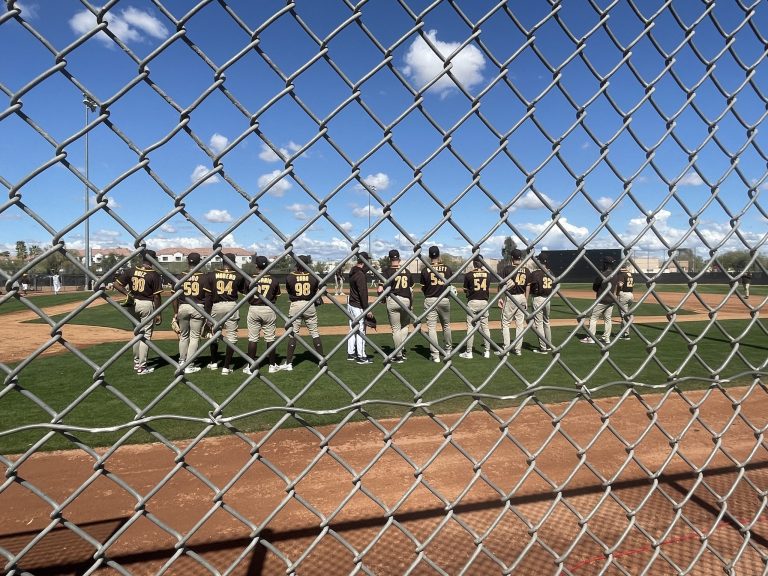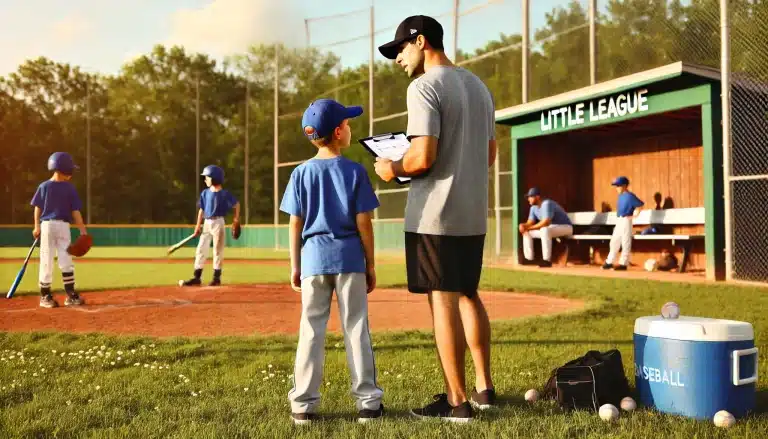Baseball Meets Neuroscience: The Mental Game-Changer
Introduction
Baseball isn’t just about physical ability—it’s a mental game, too. The magic often happens inside players’ heads, where split-second decisions and razor-sharp focus lead to unforgettable moments. Let’s delve into the thrilling potential of how neuroscience is revolutionizing America’s favorite pastime, paving the way for a future of unprecedented performance and excitement that will leave us on the edge of our seats.
The Brain Game: Neuroscience on the Diamond
Neuroscience—the study of the brain and nervous system—is helping us understand how players process information to make those crucial split-second decisions. Should I swing or hold up? Steal third or stay put? The quicker a player can weigh options and act, the better their performance.
Neuroplasticity: The Brain’s MVP
Neuroplasticity, the brain’s ability to rewire, might be the MVP in baseball. It enables players to hone their physical skills and create new neural connections with every practice session. The more you practice, the stronger these connections become, creating a superhighway in the brain for baseball skills. This inspiring process is a testament to the power of practice, and that old catchphrase, ‘practice makes perfect,’ the potential for players to continually improve their skills.
The Mental Game-Changer
Training the Baseball Brain: More Than Just Batting Practice
Imagine a workout routine for your brain. That’s cognitive training in a nutshell. Just as you might hit the gym to build muscle and improve physical performance, cognitive training exercises specific mental skills crucial for baseball. Here’s a deeper look at how it’s changing the game:

- Reaction Time:
- Why it matters: In baseball, milliseconds can make all the difference. A 90 mph fastball takes about .45 seconds to reach home plate. The batter has roughly .15 seconds to decide whether to swing and another .15 seconds to execute the swing.
- Training methods:
- Computer-based programs that require quick responses
- Virtual reality simulations of pitches coming at various speeds
- Physical drills like catching numbered balls or reacting to light cues
- Real-world impact: Improved reaction time can help batters make better contact, fielders snag line drives, and base runners steal bases more effectively.
2. Visual Processing:
- Why it matters: Baseball is a visually demanding sport. Players need to quickly process complex visual information, from the spin of a curveball to the subtle body language of a pitcher.
- Training methods:
- Pitch recognition software that helps batters identify pitch types faster
- Strobe glasses that intermittently block vision, forcing the brain to process visual information more efficiently.
- Video analysis of pitchers’ deliveries to spot cues
- Real-world impact: Enhanced visual processing can lead to better pitch selection for batters, improved fielding anticipation, and more effective base running.
Baseball Meets Neuroscience: The Mental Game-Changer

- Decision Making Under Pressure:
- Training methods:
- Situational awareness drills that simulate high-pressure game scenarios
- Mindfulness and meditation practices to improve focus and reduce anxiety
- Cognitive behavioral techniques to manage stress and maintain composure
- Real-world impact: Better decision-making can lead to smarter pitch selection, improved defensive positioning, and more strategic base running.
- Training methods:
The Mental Game-Changer
Baseball Mental Performance: New Ways to Measure Player Skills
Baseball is changing. Now, we’re not just examining how well players hit or pitch. We’re also examining how their brains work during the game. New tools are helping us understand the mental side of baseball.
How Fast Players Recognize Pitches
- What we’re measuring: How quickly a player can tell what kind of pitch is coming.
- How we measure it: Cameras that can track eye movement and computer programs that simulate pitches.
- Why it’s essential: If players can recognize pitches faster, they can make better decisions about when to swing.
The Mental Game-Changer
Where Players Look During the Game
- What we’re measuring: Where players focus their eyes during plays.
- How we measure it: Players wear special glasses that track where they’re looking.
- Why it’s important: Players who look at the right things at the right time can react better and predict where the ball will go.
How Players Handle Pressure
- What we’re measuring: How well players think when they’re stressed.
- How we measure it: We put players in stressful situations and watch how their bodies and minds react.
- Why it’s important: Players who handle pressure well do better in important game moments.
How Fast Players Think
- What we’re measuring: How quickly players process information and make decisions.
- How we measure it: We use computer tests that check how fast players can think.
- Why it’s important: Players who think faster can adjust better during the game and make smarter choices.
The Mental Game-Changer
- The emphasis on integrating mental performance metrics with traditional stats is increasingly relevant. These approaches help teams better understand player capabilities, potentially reshaping scouting, training, and in-game strategies. The techniques mentioned are part of a broader trend toward recognizing that mental and cognitive aspects are crucial to overall performance in baseball.
MLB Teams Embracing Neuroscience and Cognitive Training
While specific details of team strategies are often kept confidential, there’s growing evidence that many MLB teams are incorporating neuroscience and cognitive training into their programs. Here’s a look at how some teams are leading the charge:
- Boston Red Sox
- Partnered with NeuroScouting, a company specializing in cognitive training tools for athletes.
- Implemented software-based reaction training programs to enhance players’ visual recognition and decision-making skills.
- Texas Rangers
- Revamped their mental skills department, recognizing the importance of cognitive aspects in player performance.
- Expanded their staff to include specialists in sports psychology and cognitive training.
- Integrated mental skills training into their player development programs at all levels, from rookie leagues to the central league team.
- Chicago Cubs
- Incorporated neuroscience principles into their mindfulness and mental skills programs in 2015. Note: The Cubs won their first World Series in 108 years a year later.
- Developed a comprehensive mental skills program that includes elements of cognitive training, mindfulness, and traditional sports psychology.
- Emphasized the importance of mental preparation alongside physical training in their player development philosophy.
General Trends Across MLB:
- Increased hiring of mental skills coaches and sports psychologists across many teams.
- The growing integration of cognitive training tools in minor league systems to develop players’ mental skills from early in their careers.
- Increased virtual reality and other technologies to enhance cognitive aspects of player training.
- Greater emphasis on mental preparation and cognitive skills in scouting and player evaluation processes.
Baseball Meets Neuroscience: The Mental Game-Changer
It’s important to note that while these trends are evident, the specific details of each team’s programs are often closely guarded as proprietary information. However, the growing investment in these areas across the league shows that teams see value in incorporating neuroscience and cognitive training into their overall strategy.
The New Frontier in Baseball: Mastering the Mental Game
Baseball has always been a game of numbers. From batting averages to ERA, these stats have defined players’ careers and shaped the strategies of every team. But as the game evolves, a new frontier is emerging—one that goes beyond physical performance and into the mental side of baseball. The future of the sport might lie in how well players can train and harness their minds.
The Present: Where We Are Now
Today, we see the first steps toward integrating mental performance with traditional baseball metrics. Teams are beginning to recognize that the mind plays a crucial role in a player’s success on the field. For example, monitoring mental fatigue is becoming an important tool for coaches. By understanding when a player’s mind starts to tire, teams can make smarter decisions about when to substitute, preventing those costly late-game errors.
Another exciting development is the use of eye-tracking technology to improve pitch recognition. This technology helps players hone their ability to quickly and accurately identify pitches. This skill can mean the difference between a home run and a strikeout. These advancements are practical and already being tested in training camps and on the field, giving us a glimpse of how the mental game is becoming just as important as the physical.

The Near Future: What’s Coming Soon
The next few seasons might bring even more personalized cognitive training to baseball. Imagine a training program tailored specifically to a player’s mental strengths and weaknesses. With the help of early-stage EEG technology, which measures brain activity, teams could develop mental exercises that adapt as players improve. This could mean custom-designed drills that help players sharpen their focus, manage stress, or react faster to on-field situations.
We might also see the rise of virtual reality (VR) simulations that respond to a player’s mental state in real time. Picture a batting practice where the speed and type of pitches adjust based on how focused or stressed the player is. These tools could provide a level of training that’s more in tune with each player’s unique cognitive abilities, pushing their performance to new heights.
The Long-Term Vision: A Glimpse Ahead
While some of these ideas still sound like they belong in a science fiction movie, they represent an exciting possibility for the future of baseball. Imagine AI coaches that can analyze a player’s mental state during a game and offer personalized advice or neurofeedback systems that help players achieve optimal focus in high-pressure situations. Though these technologies are still in the early stages of development, they hint at a future where the mental side of baseball is just as visible and valued as the physical.
Conclusion: The Game is Changing
- As baseball continues to evolve, so does our understanding of what it takes to be great on the field. The mental side of the game is no longer just a hidden advantage—it’s becoming a key part of how teams measure and develop talent. While the physical skills of baseball will always be crucial, mastering the mental game is quickly becoming just as important. Keep an eye on these changes because baseball’s future will be as much about brainpower as it is about muscle.


